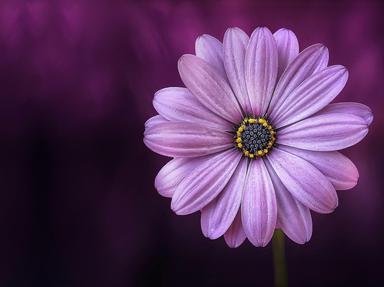
Pick the Pollinator Trivia Quiz
For this quiz, I am giving you a list of flowers which are pollinated by various sources. I need you to pick their *primary* pollinator: bee, butterfly, hummingbird, moth or wind. Good luck!
A matching quiz
by Kalibre.
Estimated time: 3 mins.